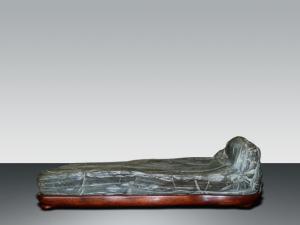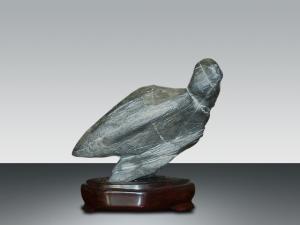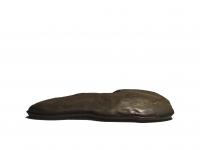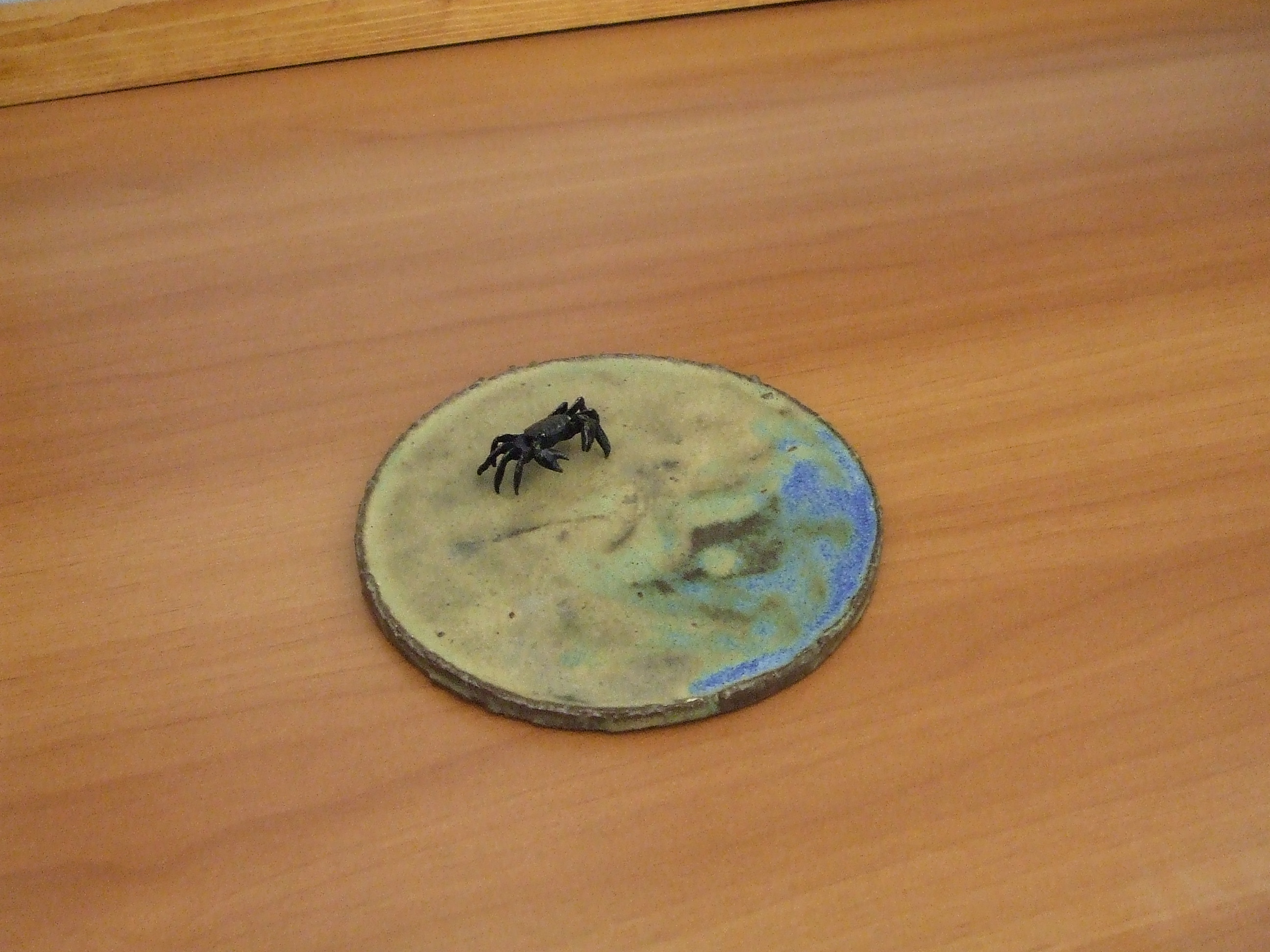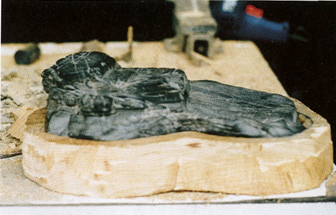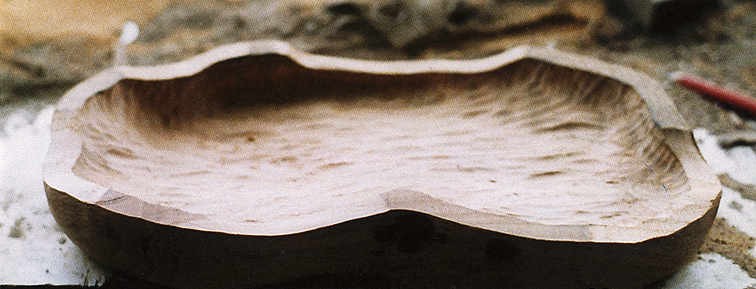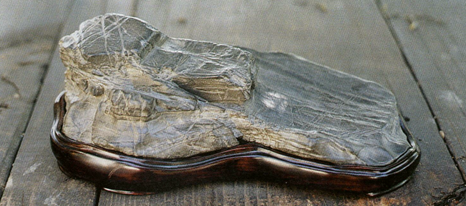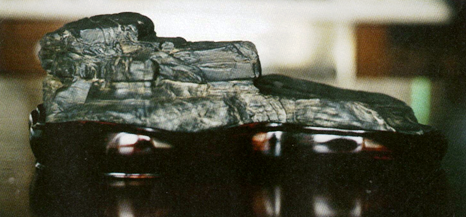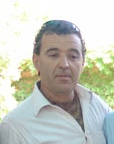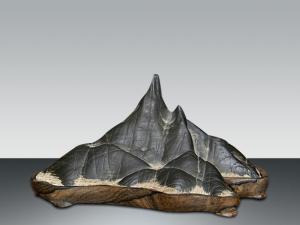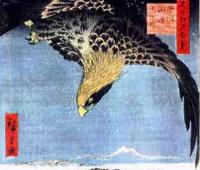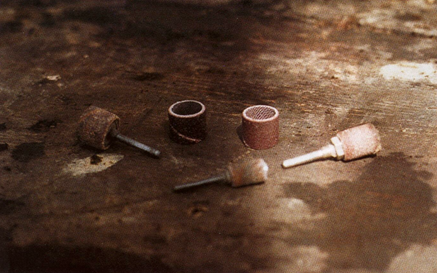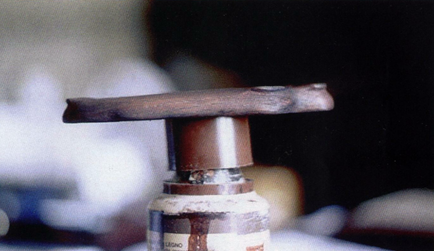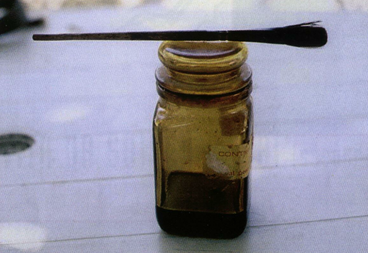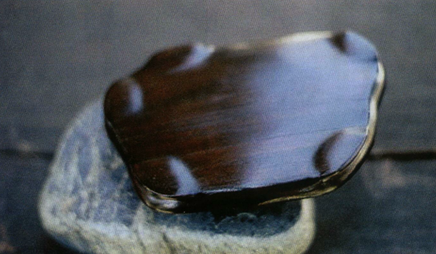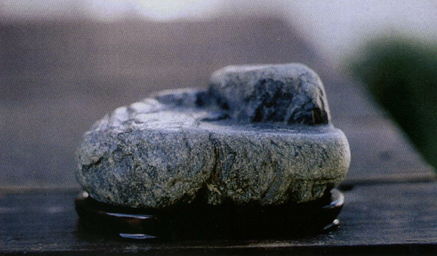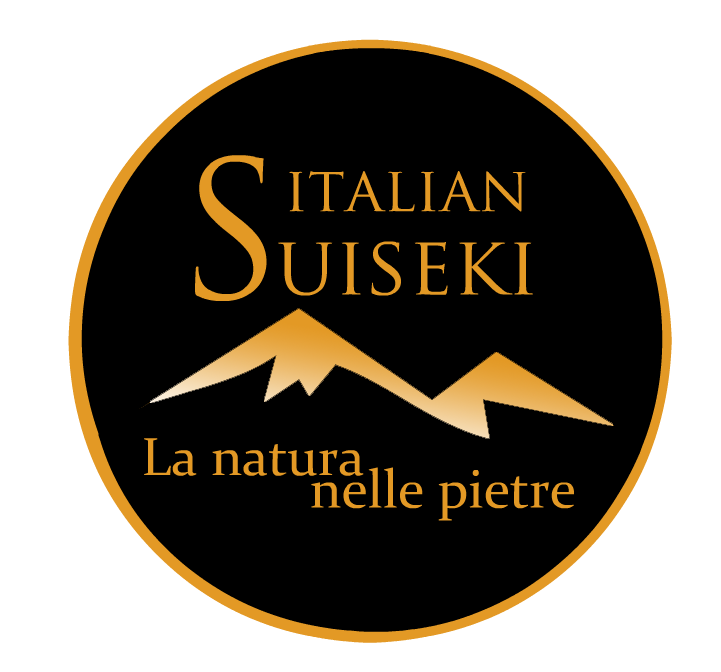
Advanced search among the contents of the site
 |
Il servizio permette di ricercare i contenuti del sito utilizzando una tecnica denominata Faceted Search.
Per Faceted search, traducibile in italiano come ricerca sfaccettata, poliedrica, si intende una tecnica di ricerca che permette all'Utente di accedere ad un insieme di contenuti consentendogli sia di utilizzare le classiche parole chiave sia di applicare i filtri proposti dall'interfaccia, per affinare il più possibile la ricerca in un modo che si può definire personalizzato.
|
|
|
Come effettuare una ricerca - Per parola chiave
Per cercare tutti i contenuti in cui sia presente una o più parole, scrivere la parole chiave cercata nella casella di testo e premere il tasto "Cerca".
Se il servizio di ricerca troverà dei risultati, essi verrano elencati con il titolo ed un breve estratto del contenuto. Cliccando sul titolo si accede al contenuto desiderato. |
||
|
Come effettuare una ricerca - Ricerca guidata
L'interfaccia propone una serie di filtri (Autore, Tipo di contenuto, Data di creazione, eccetera) : cliccando ad esempio su uno degli Autori in elenco, verranno visualizzati i contenuti corrispondenti alla selezione effettuata. L'utilizzo di filtri successivi potrà aiutare l'Utente a selezionare tra i risultati della ricerca i contenuti maggiormente corrispondente alle proprie necessità.
|
||
|
La Ricerca per parola chiave e la Ricerca guidata possono essere utilizzate contemporaneamente selezionando l'opzione Ricerca tra i risultati : se l'opzione non viene selezionata, il servizio effettuerà una nuova ricerca, altrimenti la effettuerà filtrando ulteriormente i contenuti già selezionati. |
||
Story of a stone
by Mrs.Daniela Schifano
I begin with a quotation, without fear of being prosecuted, because I quote myself: "Every stone has many stories: its geological history, unknown to us, the history that led up to us, the history that bonds us together and that makes it special for us, the story that we will never see."
This is the story of a stone, which belonged to someone else before, and even before has been shaped by forces beyond imagination, in periods not conceivable by our senses.
Before me So, this man decided to live on with its stones: when he learned of being seriously ill, fearing that no one after him would grasp them entirely, he agreed that his stones would live on in other homes in other continents, appreciated by others eyes. He become "mountain". With me From the Kamo River in Kyoto Prefecture, from the collection of a Japanese man who practiced the art of Suiseki, came to me this thin stone, marked by a wavy surface that ranges from smooth waxy and granular, with simple and essential lines. According to its place of origin it is a Kamogawa-ishi, which was found in the Kamo River, or near it, in the prefecture of Kyoto. According to its form, it is a Shimagata-ishi, a island shaped stone. Ma bella più di tutte è l'isola non trovata, quella che il Re di Spagna s'ebbe da suo cugino, il Re del Portogallo, con firma suggellata e bulla del pontefice in gotico latino. Il Re di Spagna fece vela cercando l'isola incantata però quell'isola non c'era e mai nessuno l'ha trovata. Svanì di prua dalla galea come un'idea; come una splendida utopia è andata via e non tornerà mai più. Le antiche carte dei corsari portano un segno misterioso, ne parlan piano i marinai con un timor superstizioso. Nessuno sa se c'è davvero od è un pensiero; se a volte il vento ne ha il profumo. È come il fumo che non prendi mai! Appare a volte avvolta di foschia magica, e bella, ma se il pilota avanza su mari misteriosi è già volata via tingendosi d'azzurro color di lontananza. In this song by Mr. Francesco Guccini (himself inspired by a poem by Guido Gozzano 'The most beautiful' ) I find my thoughts beautifully condensed: here then the “pancake stone“ is given its poetic name “The unfound island”, which will also be shown during exhibitions. Together with you : the public life of a suiseki The wave runs up the narrow strip of land and seems to submerge it, so overall an image far removed from any naturalistic realism. But more than fidelity to the real I researched the loyalty to the deep meaning, but visible, the real.
After me (Published in the September issue 2009 of "Bonsai & Suiseki Magazine")

How to describe processes and times that our mind, accustomed to think in terms of biological time, almost gets lost ? Since the formation of the earth from the primordial nebula, through dramatic phenomena like ice ages, eruptions, rising and lowering of the earth's crust, drifts of land, pressures and sedimentations, elevations and erosions, each stone is a capsule of time that illustrates the progress of a dramatic journey that has lasted for hundreds of millions of years.
Whatever happened, this stone was always there, on the bank of a river of Japan, when a man, finally came on Earth, despite the arrogance and presumption with which he typically looks at nature and its works, took its presence and its beauty.
Whatever happened, this stone from a bed of a Japanese river arrived in the house of a Japanese man, who appreciated the game of shapes and colours in stones, as well as more intimate qualities: he could see the subtle signs of their transformations, the resistance, the perseverance, the patience with which they were opposed to the forces that had shaped it to build a "living" accumulation of time and events.
Any injury done by nature reminded him that the stones, despite their apparent solidity and consistency, are not immutable but are rather intended to change and transform.
Even the rocks, then, like humans, being impermanent, the cycle of life has imposed an eternal change upon them.
Evene the man, then, similar to the stones, can accept and survive the pressures of life that mold.

For me, it was at once the "pancake stone" and with this nickname I presented it to the people of the Forum, for advice on the table display most suitable for its essential lines. But I would not have spurned exposure in a suiban, in which case the discourse on the table was revised and corrected according to the size of the tray.
Obviously the word “pancake stone” would not be the poetic name of the stone: on the contrary, looking at it every day, caressing it every so often to appreciate the silky surface, looking at it in the variations of light that day and the seasons can offer, I increasingly asked: 'An island, yes, but which?'. Standing still and thinking, looking inside while eyes see a stone, allowing moments lived, suggestions, poems, music to emerge from the corner of the soul where emotions settle.
Home of mythological beings, cannibals and happy anthropologists, hideouts of pirate`s treasures, castaways launch their requests for help in the bottle, nations their atomic bombs, and now they run the risk of being submerged by rising waters.
Lost, the next day, that there is not, in fact the island is by its nature not easily accessible, evasive, elusive, but also a place of refuge from the chaos of modernity.
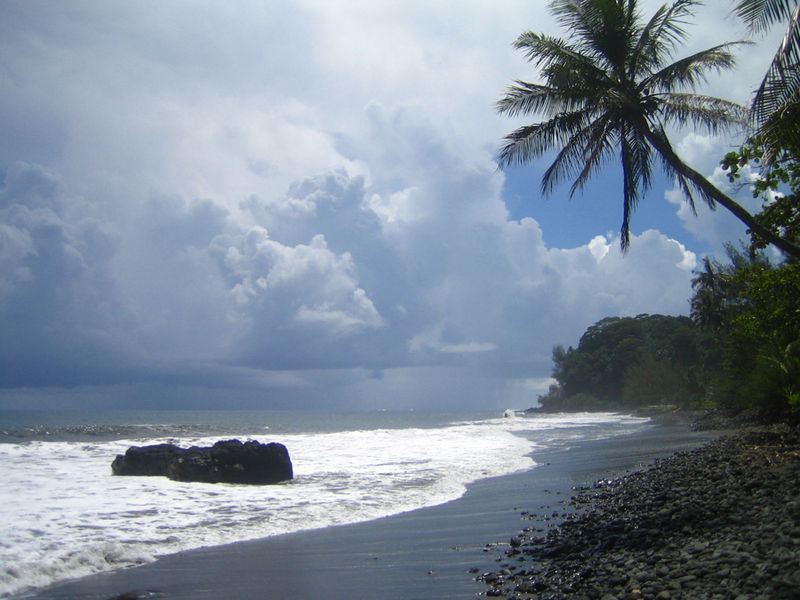
Shakespeare says: “The island is made of the same matter as our dreams, it is a physical place but also and above all imaginary, where there is space for mirages, love, adventures, legends” ... and reality shows.
Land of the myth of the Noble Savage, of Peter Pan, of Nausicaa, is the land of Utopia, the island of Sir Thomas More, inexistent place (from the greek “ou-topia”), a destination for those seeking the ultimate and never found meaning of life, but also happy place (from the greek “eu-topia”), and those who choose to sail to this island try to something very similar to happiness.
So, a happy inexistent place : but are there probably happy and existent places? Certainly not, yet to be searched, because they are the very emblem of human research, internal and not escape from everyday life to a different dimension of being, a metaphor of the human journey in search of the Absolute Truth like Eternal Love, of sense and meaninglessness of life.
Too much for a stone ?
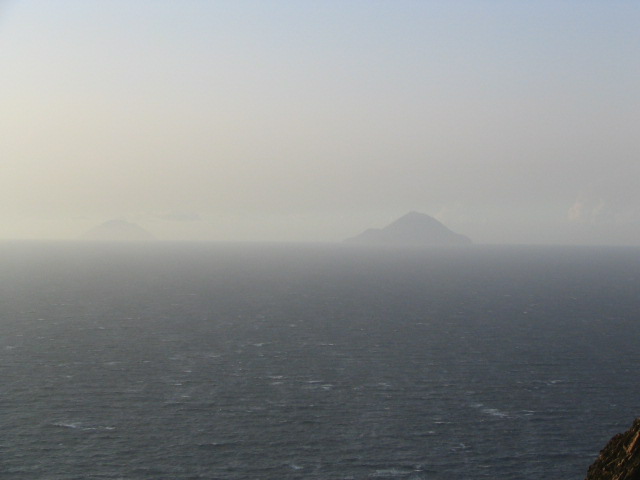
When I choose a stone, I turn it into an object of treatment, observation and assessment, and I fill with meanings that, starting from its geological nature never unknown, are also cultural, spiritual and symbolic.
For me, the exposure of a suiseki is sharing this process with other people, it is the last enhancement of a stone through sharing it with observers in a microcosm placed in the limited space of a tokonoma and in a infinite space of the emotions : challenging and perhaps unattainable goal, certainly ambitious, but equally challenging.
As complementing object, I chose a Japanese scroll called 'Wave' and a small bronze crab resting on ceramic. Overall, the scroll seems outweigh the stone, despite the exposure in a suiban recalls the immensity of the ocean.
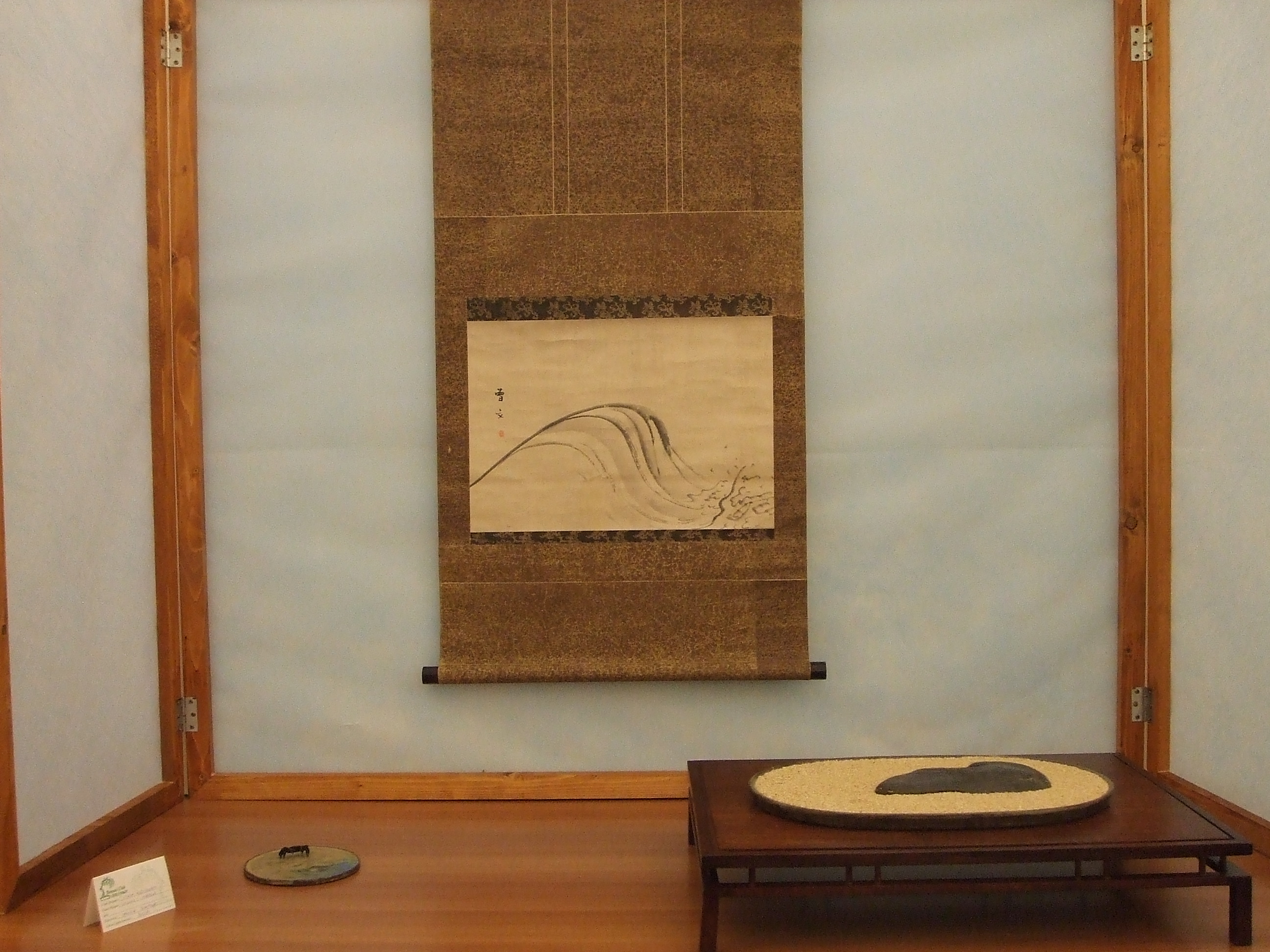
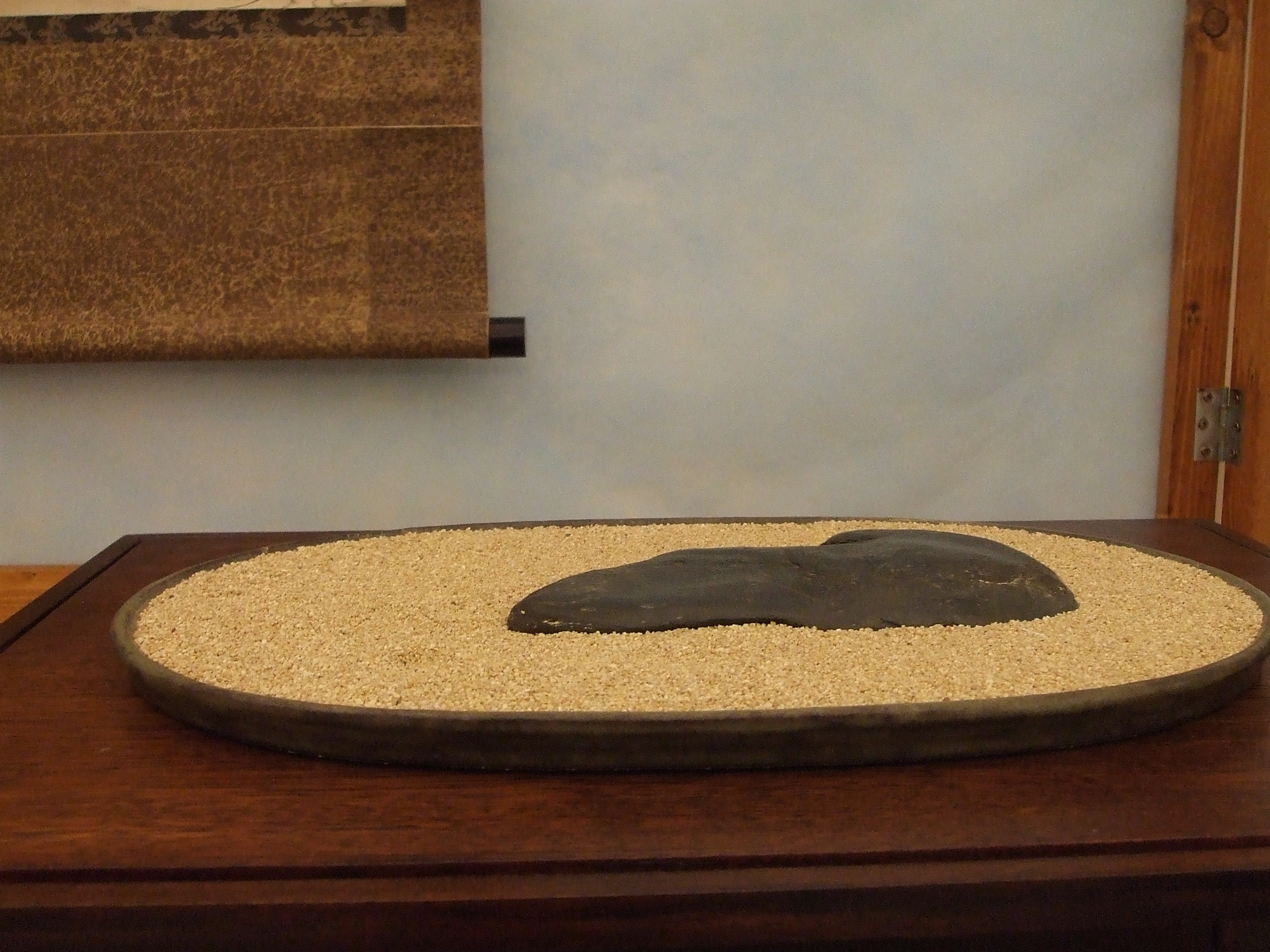
This part of the story has to be written and it isn`t me doing it, but I can try to imagine it in a game of imagination.
Maybe my son will close the “pancake stone” in a drawer.
Perhaps my son, in his maturity, will continue the game of appreciation and cultivation with the stone "The unfound island" .
Maybe my son will sell it.
Perhaps, not to take any risks, myself, like its previous owner, I will separate myself from it and I will become "mountain".
An important stone
by Mr.Fabrizio Buccini
There are few stones that a passionate collector regards as "important", the one I am going to tell you about is one of these. Important means that from the very beginning it provokes special sensations, you realize that that find is something special. You wrap it carefully, you would like to have a drill with a steel brush to clean it at once, on the banks of the river, and you already imagine it with its daiza on display at the center of your collection.
It is important … because you take photos of it more than of other stones, … because you plan the daiza in an accurate way, from the edges to the legs, and when you sand and carve it, you are not in a hurry, … because you think that that day, at that moment, Nature gave you something really nice. Now I am going to describe in detail the various steps concerning the processing of the daiza for this wonderful Plateau stone, with three main floors of varying size. As you can see in the photos, the base is very irregular, I will then use a block of wood several cm. where to place the stone.
About us
Three friends, a common passion.
| Mr.Fabrizio Buccini | ||||||||||
|
"As A.S.S.E.B president, I began to be interested in Suiseki in 1993 thanks to Mr. Franco Saburri, an unforgettable friend and artist, and thanks to the first Ligurian trips with Mr. Mrs. Malpeli, friends and experts as well.
Year by year I tried to promote Suiseki in all ways: lectures in Italy and abroad, days of work about daiza manufacture and technical articles in specialized magazines, such as "Bonsai Italia Arte e Natura" hoping to involve the greatest number of people in this wonderful world. I take the opportunity to welcome my dear friend Mrs. Maria Teresa Volonterio who is always ready to spur and support me with her experience.
|
|||||||||
|
I think that finding a stone is a nature's gift and, as a gift, by no means it can be modified by man, except a non-invasive cleaning operation to highlight the stone and respect the treasure in our hands in safeguard of the so-called "skin", a basic feature of typical Suiseki.
Nature is the artist, but also who, thanks to care, skill, sacrifice, love and technical knowledge, can recognize what Nature forged and can raise it to a rank of absolute masterpiece.
Japanese Suiseki is the point of reference of my "Suisekist" life, I think its elegance and refinement have no equal.
I hope that this website, created with Daniela’s and Felice’s cooperation, gives the opportunity to increase the spread of Suiseki, opening a debate about the manifold aspects of our friendly stones from their finding to exhibition."
|
||||||||||
| Mr.Felice Colombari |
A.I.A.S. member
|
|||||||||
|
|
“...I came across suiseki in bonsai magazines in the early nineties; I got enchanted but then I thought these stones could be found just in Japan. Only in 2000, visiting a bonsai exhibition, I saw suiseki from Liguria on display; I was …. 'petrified' with a small mountain which could be kept in a hand... and I fell in love at once.
I immediately started to search in Internet and, little by little, I started to read about these wonders and to understand where to find them. Being experienced as a mineral digger, I started to realize what and where to search…
Almost ten years have gone by, many excursions, much delight, many involved friends, my first daiza... Then a stone made me meet Daniela: a lovely friendship was born and here I am...
|
|||||||||
|
I love the search above all, I enjoy the open air. I often do that on my own, sometimes with friends, I feel in harmony with Nature and at peace with myself. When I come across a nice stone, it always looks like a wonder, a predestined encounter and I am…. happy.”
|
||||||||||
| Mrs.Daniela Schifano |
A.I.A.S. member
|
|||||||||
|
|
"The first time I saw a Suiseki, it was in a bonsai book.. and it was immediate passion. The first thing I asked to myself was: "How couldn't I see them before? Then I realized that it's not always so immediate: except in a streams, stones are often covered with clay and they must be imagined first, then found, and you are not always rewarded with a stone that can be defined Suiseki.
I love all the stones regardless of their origin, I enjoy collecting Japanese, Chinese, American stones... The main thing is that they follow the criteria of traditional Suiseki.
I don’t like cut stones, and I prefer more essential forms.
|
|||||||||
|
The moments I like best are the search in nature and the exhibition, for opposite reasons. In the search you are on your own and inside that nature which you try to find in the stones. In an exhibition there is the encounter with the "third reality": the audience, with whom to share the pleasure of observation and learning.
My favorite stone? The one I have not yet found! So the search is not over, the biggest surprise is yet to come, the game must go on..."
|
||||||||||
The messenger
by Mrs. Daniela Schifano
In the colour of an uncertain dawn, suspended between moon and sun, I imagine a motionless eagle watching its kingdom: strong in its extraordinary sight, strutting and made even more regal by a blowing wind which lifts its feathers, it eyes every nook and cranny in search of unwary prey, while the sky calls to ride the clouds. Far away, clear and unpolluted, the peak of Fuji dominates the scene : it is a world of serenity that the sacred mountain inspires, a steady landmark even in stormy times for a mankind immersed in the usual everyday life.
The raptor seems to perceive the sacred of the mountain in a genuine relationship with beauty in fact the eagle itself is a symbol of God’s will and power in history and time. Massive, majestic proud, capable of reaching dizzy heights in a short time and of diving with unprecedented speed and mastery towards sheer cliffs, as if it wanted to demonstrate its superb authority, it is capable of moving in the sky without a fluttering of a wings, to see tiny things from very great distance.
By the land of Kai and the wave-washed land of Suruga
rises up
the peak of Fuji.Heaven's clouds
Halt in their course, and
Winging birds, as well
Will not fly atop it.Its burning fire is quenched with snow, and
falling snow dissolves in fire.I cannot speak, I cannot find a name to give
For the dark riddle of this awesome living god.
(Mushimaro, Seventh century d.C.)
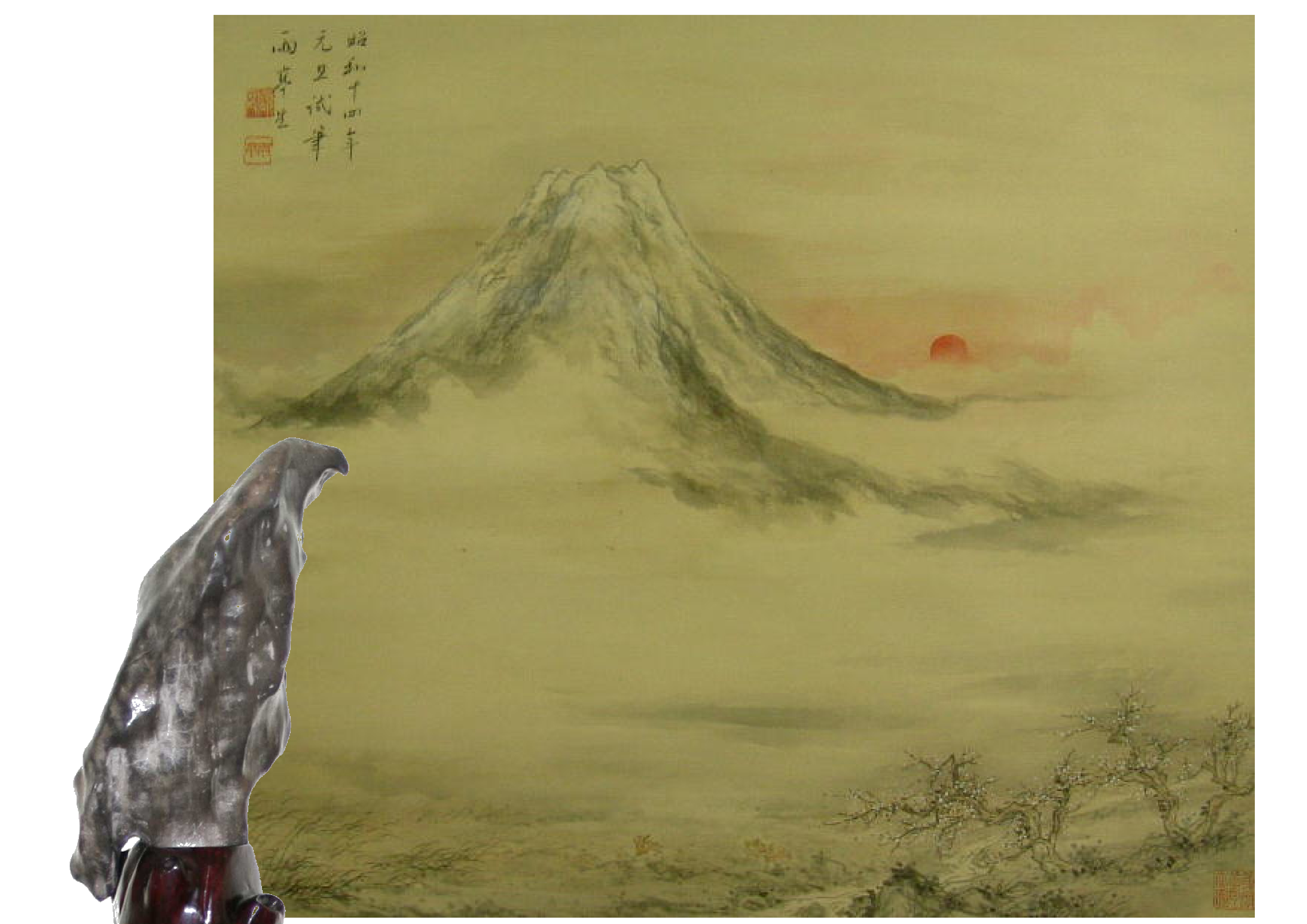
Mount Fuji is a unique mountain: in height it is the tallest of all bordering lands; by location it is isolated and unchallenged in the surrounding landscape; for visibility it can be glimpsed from the very distant regions of continental mainland; by such a pure and elegant line it is a perfect cone; by typology it is an active volcano, therefore alive.
Sacred Mountain to Shinto: Yama no Kami, the home of spirits, ancestral gods of the mountain, then personified in the divinity of Konohana Sakuya, a descendant of Izanagi and Izanami, the primordial divine couple generating the archipelago of islands.
Sacred Mountain to Buddhism : a religious simbol, connected with life and death. In Nihon ryoiki (eighth or ninth century) is reported how En no Shokaku, a Buddhist hermit, who was accused of witchcraft during his exile on the island oh Oshima, ascended the sacred mountain to meditate at night.
 |
Alighting or flying, the eagle enchants man, both in imagination and in the unconscious: a deep powerful magnetic gaze, a proud upright stance, that bill and those claws which only a superb predator owns, magic wings capable of amazing flights. Its secrets are strength, self-confidence, beauty, art of flight, harmony quickness of reflex, the magical transformation of predation.
From the flashing up and down of an eagle descending to claw its prey to the swift flash of lightning: according to an ancient legend, the eagle is the only bird which a thunderbolt can not hurt. Hence its relevance to the upper regions of air, to the sun and to the thunderbolt make it a symbol of divine will and power, while its high, safe, straight, fast flight makes it gods’ messenger, from Zeus to Christian iconography, which often represents angels with eagle wings. |
|
|
|
|
This is what the eagle meant to man in time and among different peoples however I still want to imagine it with its unmistakable great silhouette come out of horizons of cliffs and canyons and plane or circle with large wings. I watch a stone and see an eagle, in the play of imagination that gives space to soul and feelings to drift to an inner communication that is free like a gentle breeze flowing from a hardly traced shape to a not only mental interpretation. Beyond words, explanations, reasons, this is, for me, the magic of suiseki.
|
|
| Beyond words, explanations, reasons, this is, for me, the magic of suiseki. | |
| (Published in the January 2009 issue of "Bonsai & Suiseki magazine")
|
|
Construction of a daiza step by step
by Mr. Fabrizio Buccini
At the last congress of the French Federation of Bonsai in Sochaux before the audience Mr. Fabrizio Buccini created a daiza, as the carved wooden stand serving as a base and a support of a suiseki is called. Esprit Bonsai, partners of the event, captured these images to guide you step by step in the realization of a daiza for your suiseki.
(The article was published in French and translated into Italian for the present publication.) |
Mr. Fabrizio Buccini seldom realized a daiza in one day.
He was invited by A.F.A.S. (French Association of Suiseki Lovers), and offered this performance to the audience in Sochaux. This kind of work generally takes place in two days to have the time needed to perform each step carefully.
A daiza for each stone: the creation of a daiza is a work of patience and attention to details because you have to work on small pieces of wood and perfect the details because the beauty of a stone can be ruined by a roughly finished daiza.
For this demonstration Mr. Fabrizio Buccini chose to create a daiza for a Ligurian stone, a mountain stone. The creation of a daiza requires the use of not too hard fine woods, with very thin and narrow short fibres. The wood of fruit trees is just right for this use.
Today Mr. Fabrizio Buccini chose the walnut but he could have used cherry or birch, mahogany or pear tree. In all cases the selected wood must be well seasoned like any work of joinery.
|
 |
||||||||||||||
|
|||||||||||||||
| The inside of the daiza | |||||||||||||||
|
|||||||||||||||
|
|||||||||||||||
|
|||||||||||||||
|
|||||||||||||||
|
|||||||||||||||
| The edge of the daiza | |||||||||||||||
|
|||||||||||||||
|
|||||||||||||||
| The legs | |||||||||||||||
|
|||||||||||||||
|
|||||||||||||||
|
The painting
The next step is to dye the wood. Everybody generally creates his own mixture to obtain the desired dye. The classic products on sale for the coloration of the wood are quite adequate.
|
|||||||||||||||
|
|||||||||||||||
|
|||||||||||||||
|
The paint
|
|||||||||||||||
|
|||||||||||||||
|
|||||||||||||||
|
|||||||||||||||
|
(Published on number 16 - Year 2005 of the magazine Esprit Bonsai) |
|||||||||||||||
Suiseki life
by Mr. Fabrizio Buccini
In this article I would like to dwell a little more on the construction of daiza, trying to give full details of the various processes and tools to be used.
This stone was collected in Ligurian Apennines, in the area of Savona, and has a green colour in some places tending to dark green, almost black, and is a good example of a "plateau stone".
Dimensions : 9 x 12 x 8 h
|
|
|
||||
|
Photo 2
The excavation is completed
|
Photo 3
First test, everything OK
|
||||
|
Applying the rasp to the drill (photo 4) I finished the edges of the table giving the right angle to the outer daiza and finishing with the cylindrical pointed Dremel and coarse sandpaper (photo 4,5 and 6).
|
|||||
|
Photo 4
Defining the edges of daiza
Rasp applied to drill
|
|
||||
|
I now begin the study of the legs drawing them with a pencil and placing them in the areas that the stone indicates, that is in the strength (photo 7 and 8).
|
|||||
|
|||||
|
|||||
|
|
|||||
|
|||||
|
|||||
|
|||||
|
|||||
|
|||||
|
|||||
|
|||||
|
|||||
|
|||||
|
(Article published on the numbers 46 and 47 - 2005 of "Bonsaitalia - ARTE E NATURA") |
|||||
